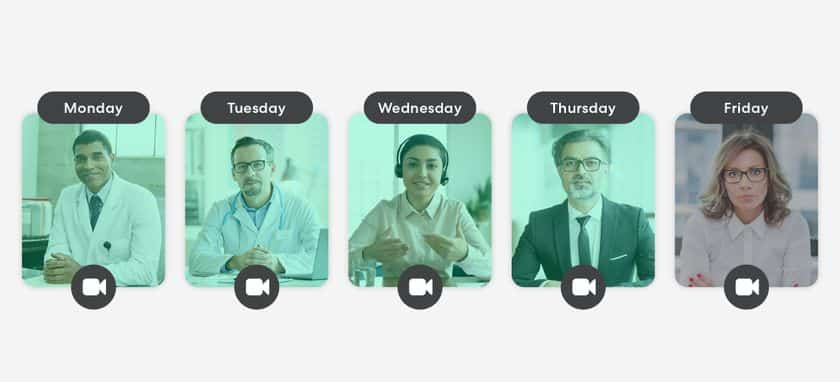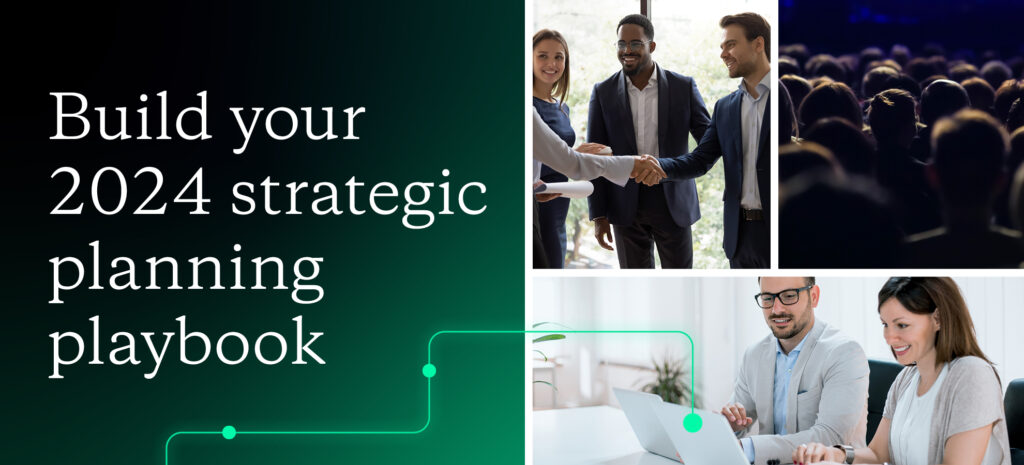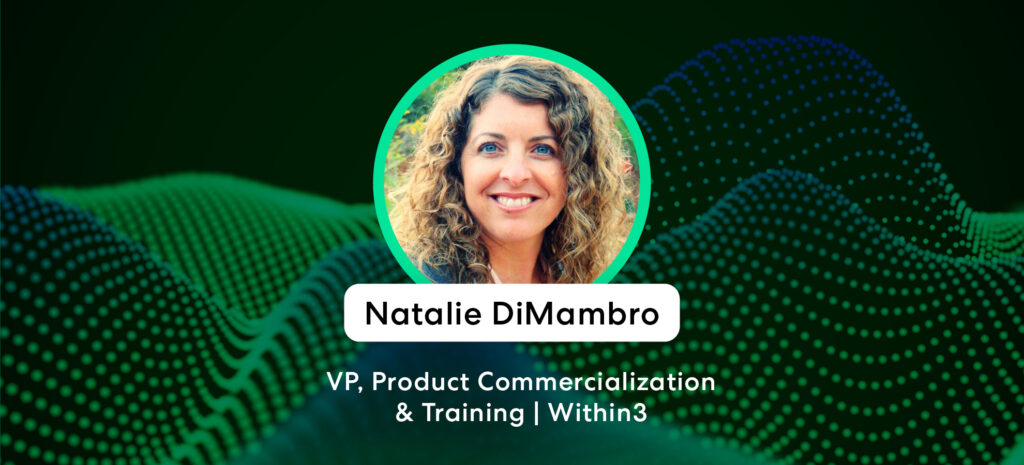Stakeholder engagement is the process used by a business to engage relevant stakeholders which include people or organizations for a specific purpose to achieve agreed-upon outcomes. Rather than a one-time activity, stakeholder engagement is a process, with the end goal being the organization or project success.
In a life science context, stakeholder engagement typically involves a pharmaceutical or medical device company that wants to collect insights from HCPs, payers, patients, or internal peers. The company may identify groups of experts in a specific disease area or patients who can provide feedback about their experiences. Payers might be engaged to give input on the economic viability of a treatment or medicine, and colleagues may be asked to provide direction on internal initiatives.
Life science companies collect this information to help drive a strategy or make important business decisions. Therefore, it’s important that the right business or project stakeholders are identified early on and then engaged in a productive manner. Let’s explore a few aspects of how to engage stakeholders in healthcare processes, including why it’s important and how to do it effectively.
Why is stakeholder engagement important?
Pharmaceutical and medical device teams use insights collected from experts to move their business strategies forward. This might relate to clinical trial design, bringing a drug or device to market, developing patient education materials, or other activities that contribute to business or project success, as well as more successful patient outcomes.
Without a doubt, these goals are high-stakes. Life science organizations need input from acknowledged experts in order to meet their objectives, and therefore, they must take steps to ensure they’re engaging the right experts or key opinion leaders for each project. Effective KOL identification – across different therapeutic areas, specialties, and geographies – makes the most of companies’ investment in stakeholder engagement and ensures a high volume of actionable insights for better decision-making in the pharma industry.
Mapping your stakeholders
Before engaging stakeholders in a virtual advisory board or other interaction, teams need to ensure they have identified the right experts. KOL mapping ensures the selected experts will help teams achieve their goals, regardless of global region or clinical area.
KOL or stakeholder mapping is a quantitative approach to identifying KOLs on a regional, national, and global level – knowledge pharma teams can use to pinpoint the most valuable voices for specific tasks. By identifying key stakeholders with expertise in specific therapeutic areas and matching, or mapping, them according to their level of influence, life science teams can quickly ascertain who to engage for highly targeted feedback on a variety of subjects.
The ultimate goal of mapping multiple stakeholders is pinpointing individuals with high levels of influence and interest in a specific therapeutic area, with the goal of accelerating commercialization or product adoption in the pharma industry. In an asynchronous setting, it may seem less critical to drill into the detailed profiles of each expert because there’s no limit to how many KOLs you can include – but it’s still important to identify the experts who can provide the most relevant and actionable insight.
Stakeholder management strategy planning
To help ensure successful stakeholder engagement, start with stakeholder identification which can be influential individuals in specific therapeutic areas and within the appropriate geography. While it’s beneficial to understand who is consistently speaking at important medical congresses and scientific meetings, and who is publishing journal articles or is frequently quoted in the media for their clinical experience – it’s also important to identify rising stars and digital opinion leaders. These experts can provide perspectives outside the “usual suspects” and add more context to the topic under discussion.
Next, as part of your stakeholder engagement strategy, consider what your KOLs need: How important is it for them to stay close to work and home rather than travel to a meeting? Do they tend to be more introverted in face-to-face settings? Are they newcomers who might be reluctant to speak up around more experienced clinicians?
While it’s true that any expert thought leader can thrive in a virtual setting, your medical affairs KOL or stakeholder management team may find it beneficial to understand which individuals are actually more comfortable and authoritative in an asynchronous discussion. Enabling KOLs to use the venue in which they’re most comfortable and most likely to participate in a meaningful way is a win-win in which your team collects a higher volume of actionable insights and the KOL is able to share their knowledge while continuing to establish their place alongside other experts in the pharmaceutical industry.
Choosing an effective stakeholder engagement approach
While virtual engagement is a more inclusive approach as compared to one-time in-person meetings that require travel, there will be settings in which a face-to-face event is necessary or preferred. However, augmenting these events with asynchronous or live virtual elements can yield a higher volume and quality of insights over a standalone physical event.
One example is a medical congress or other large-scale annual meetings. Pharmaceutical and medical device companies anticipate these important events, which are valuable for the peer-to-peer exchange and insight-gathering opportunities they provide. Supporting these events with asynchronous elements before, during, and after the congress helps life science organizations derive more value from their investment of time and resources.
WIthin3’s insights management platform solution enables life science teams to gather impressions prior to a congress event and plan activities accordingly. They can also engage in social listening to get a better understanding of what HCPs are interested in learning at the medical congress, and what they’re discussing during and after the event. Congress huddle meetings allow medical affairs teams to share insights and scientific information during the congress without adding additional in-person meetings. Finally, post-congress asynchronous sessions give colleagues time to debrief and build consensus about any next steps or lessons learned.
To learn more about getting started with insights management, download our white paper.






